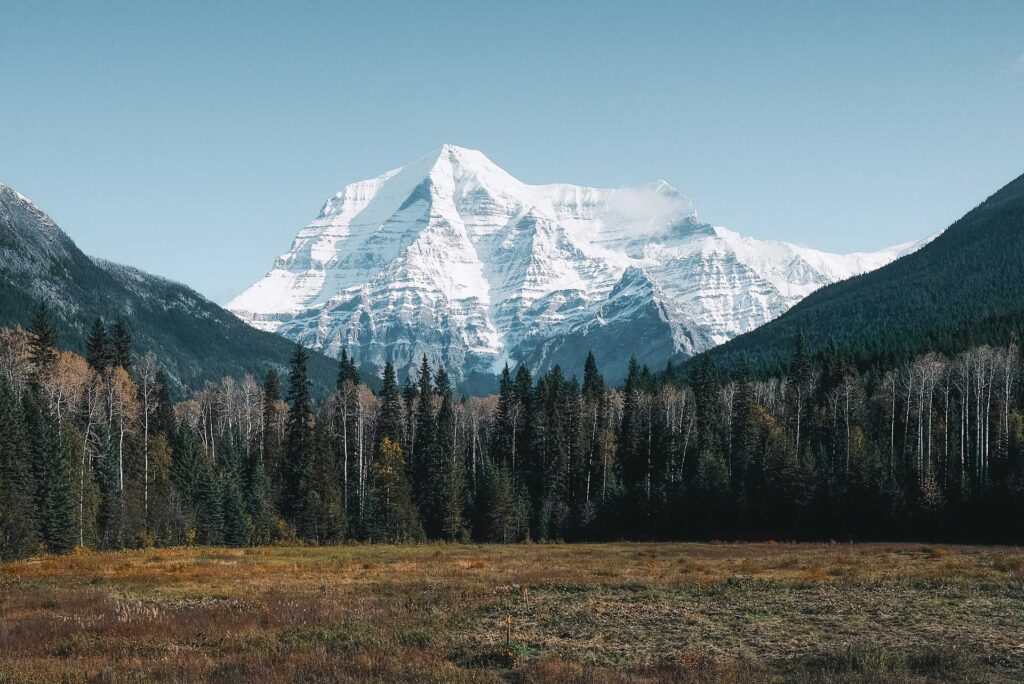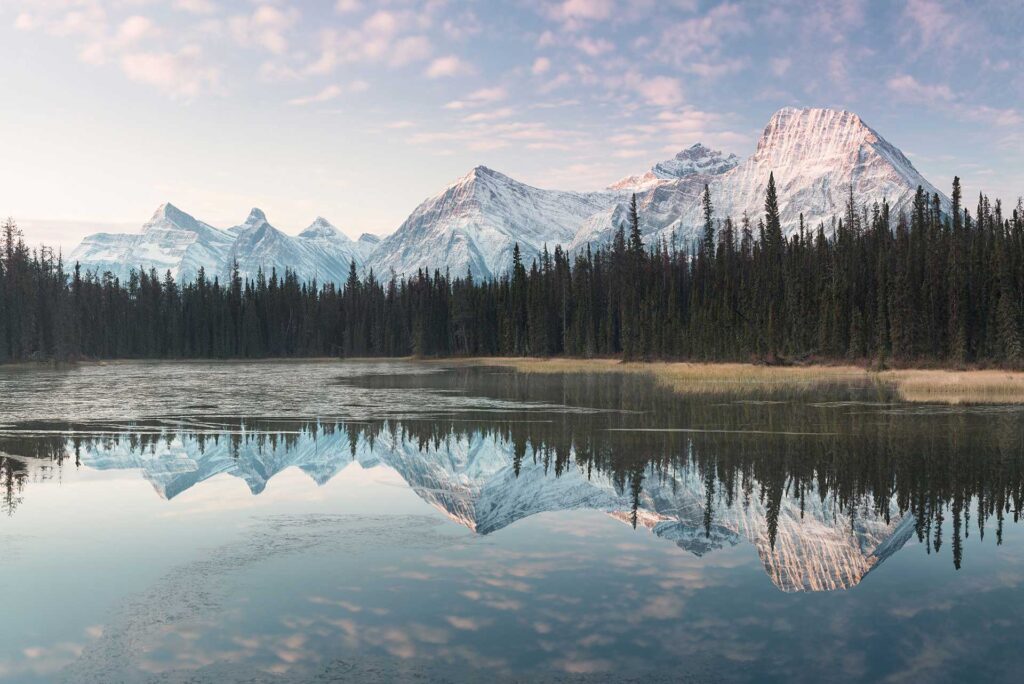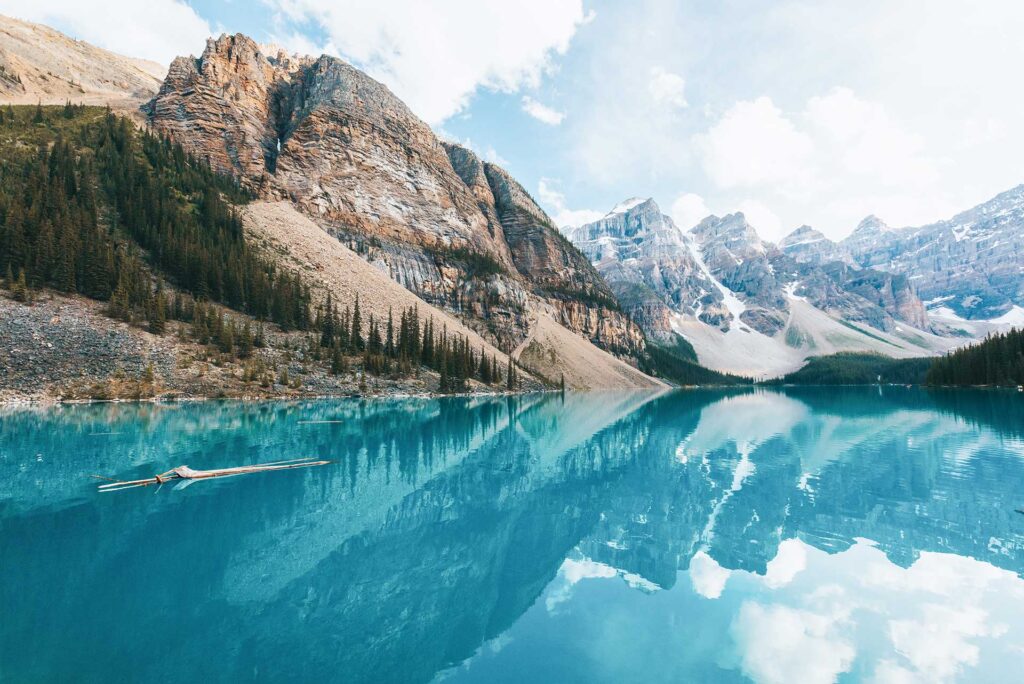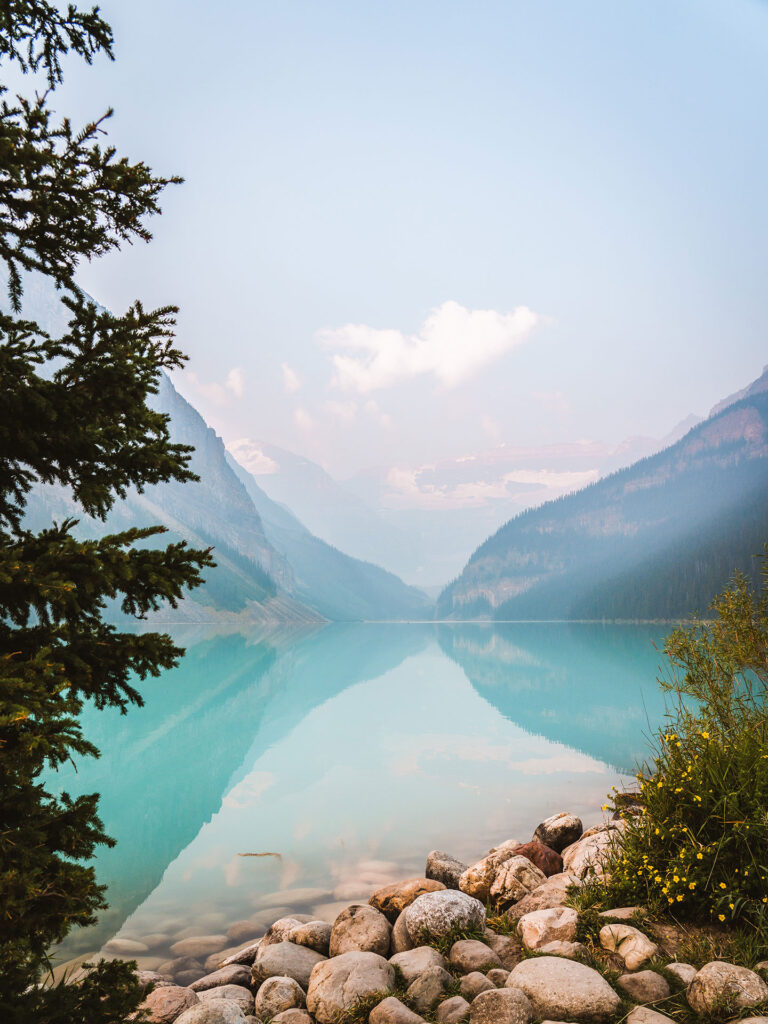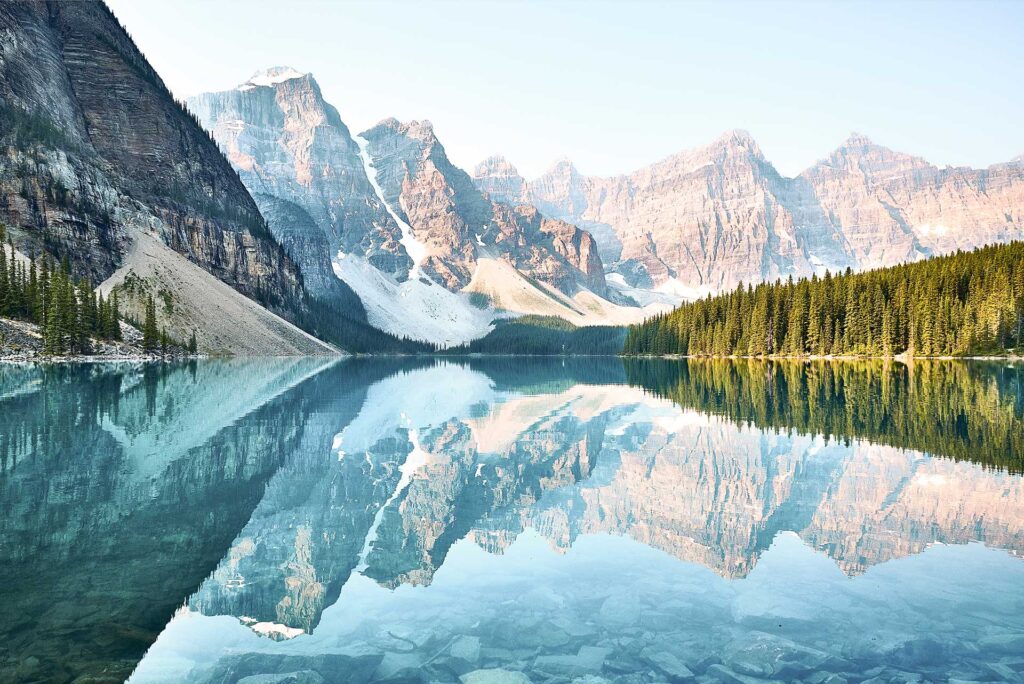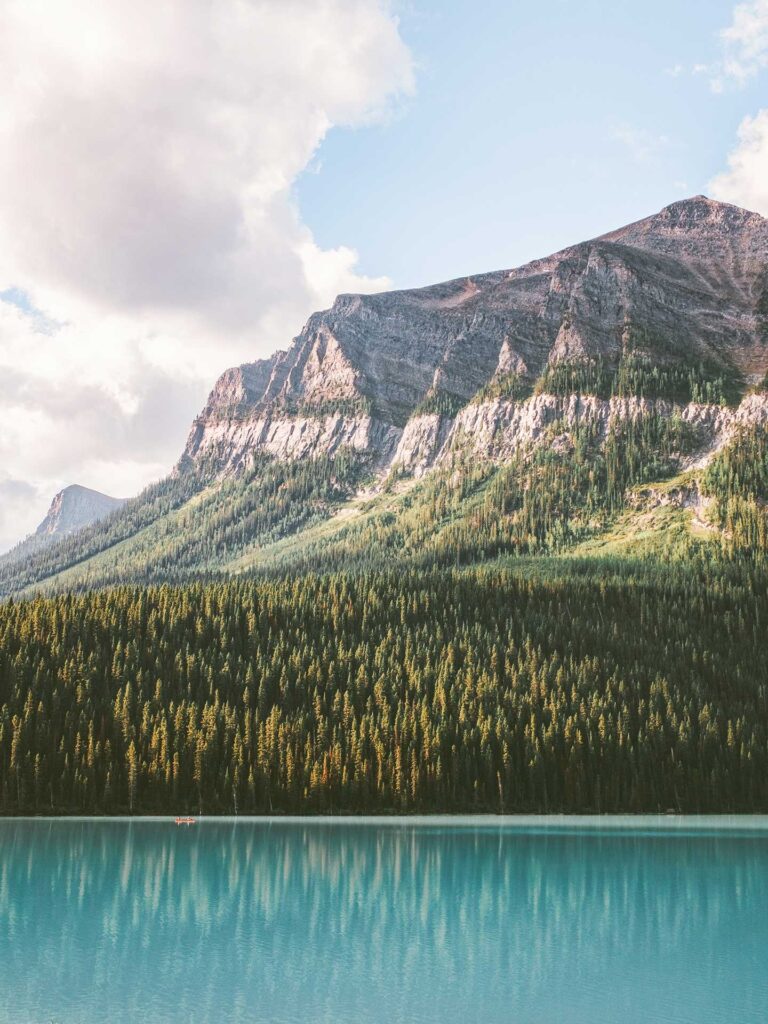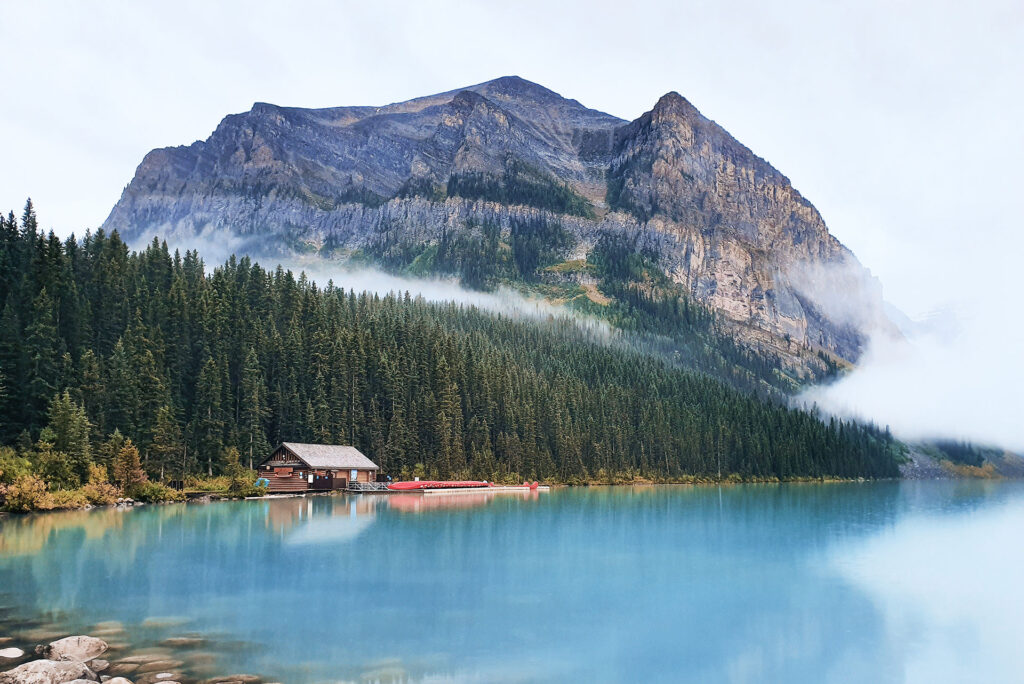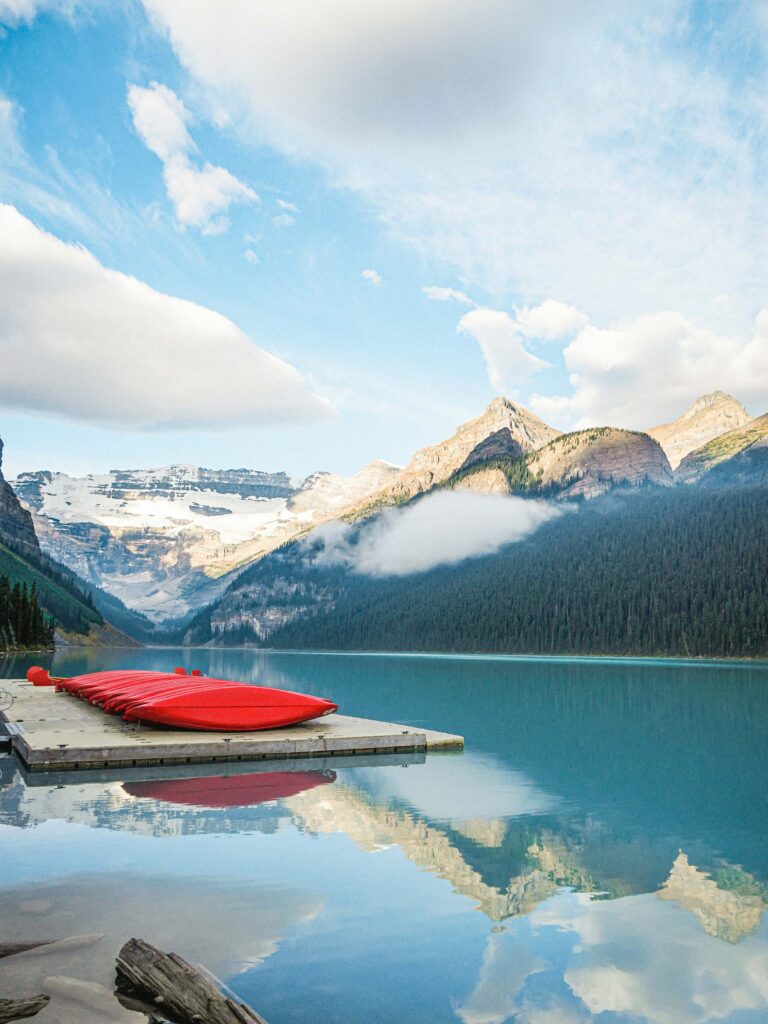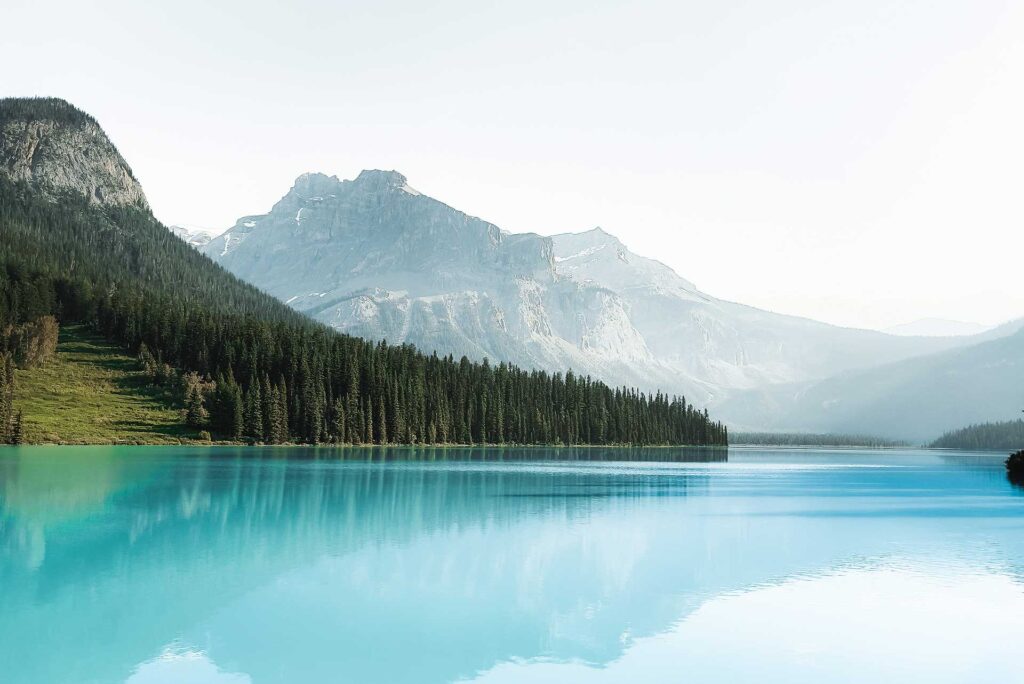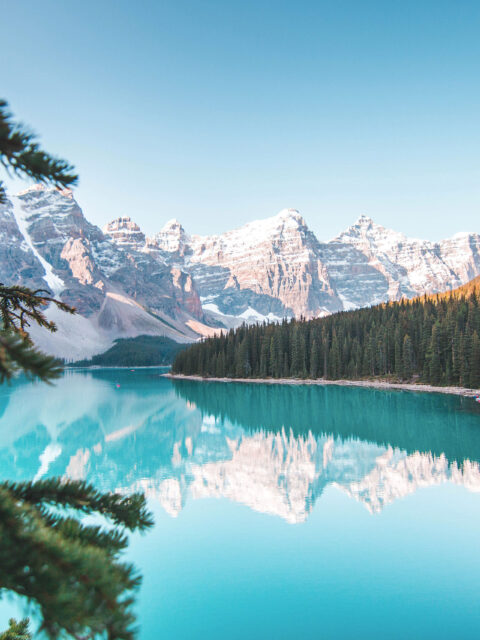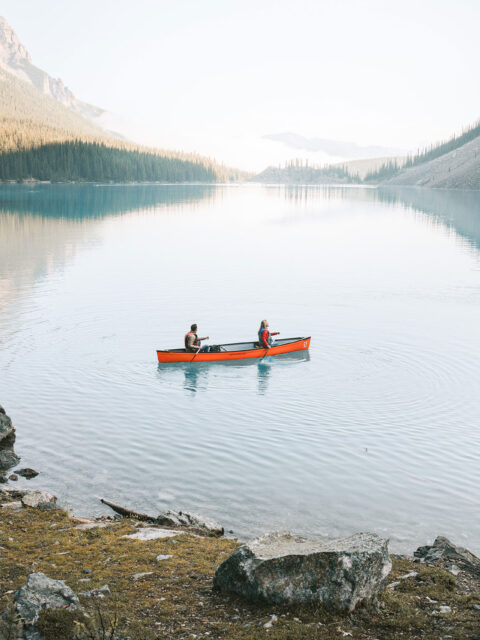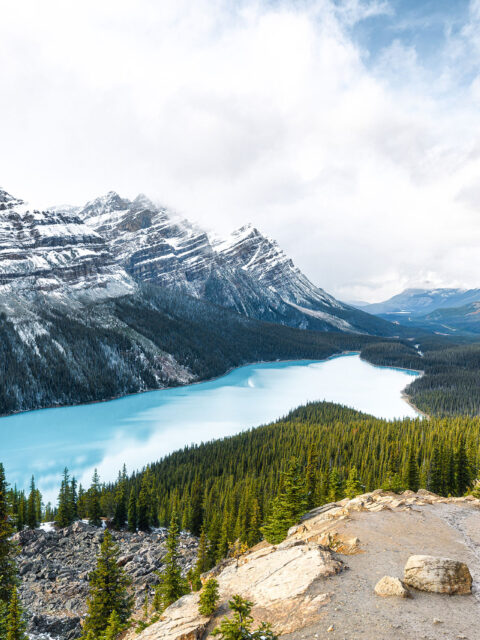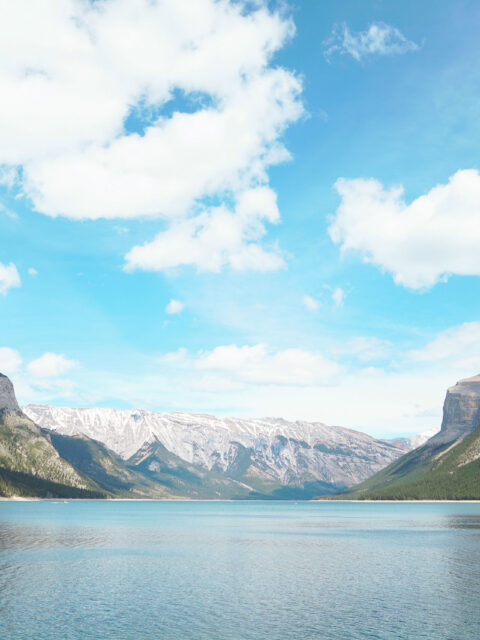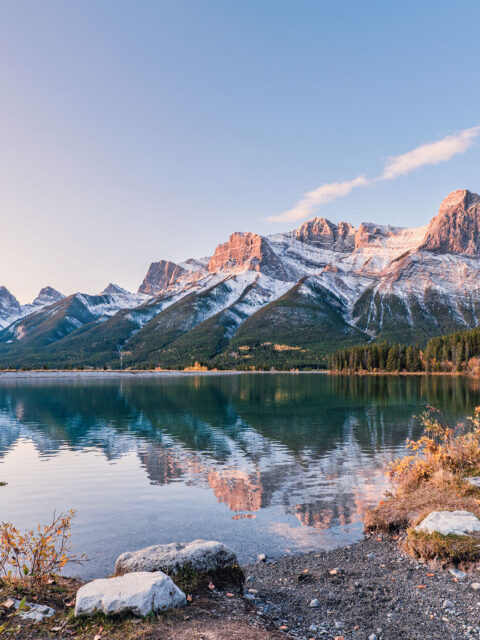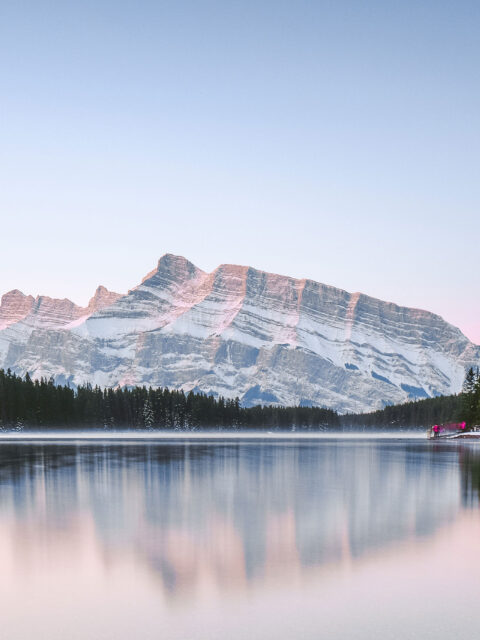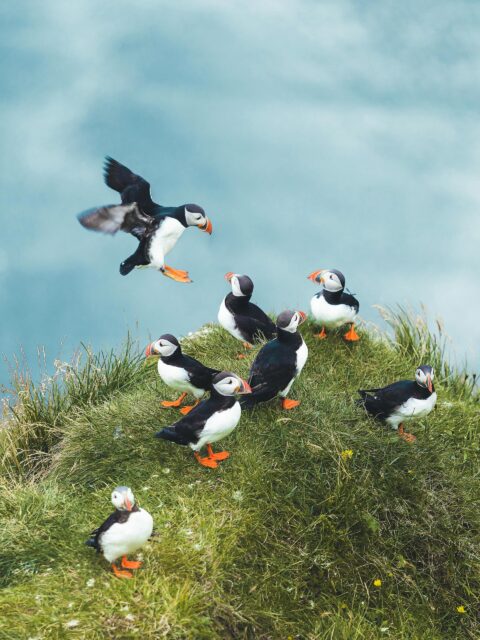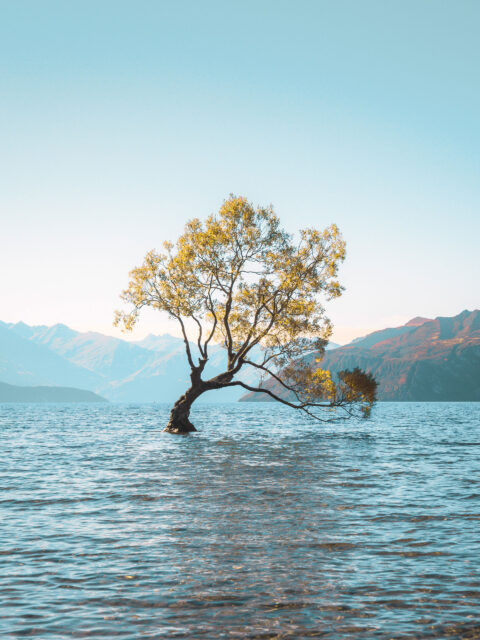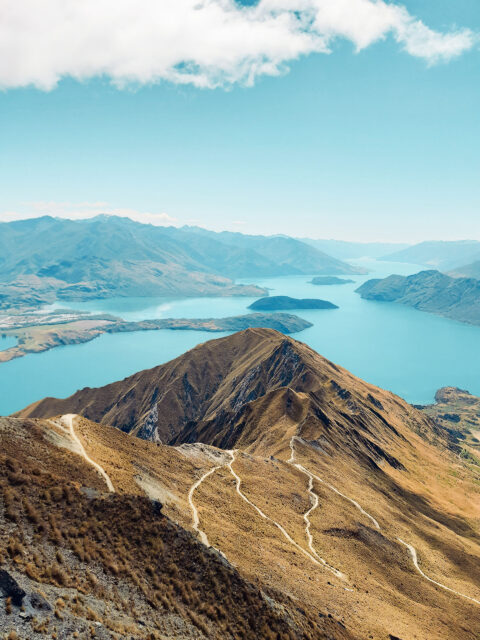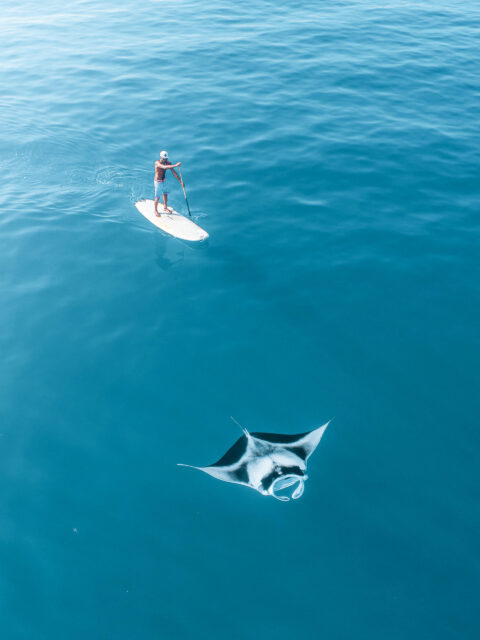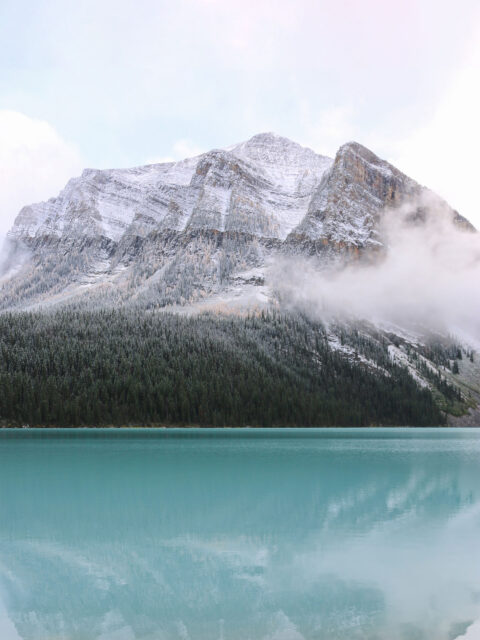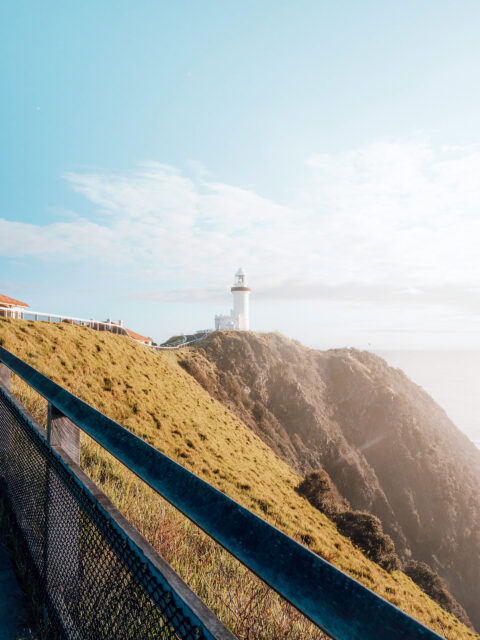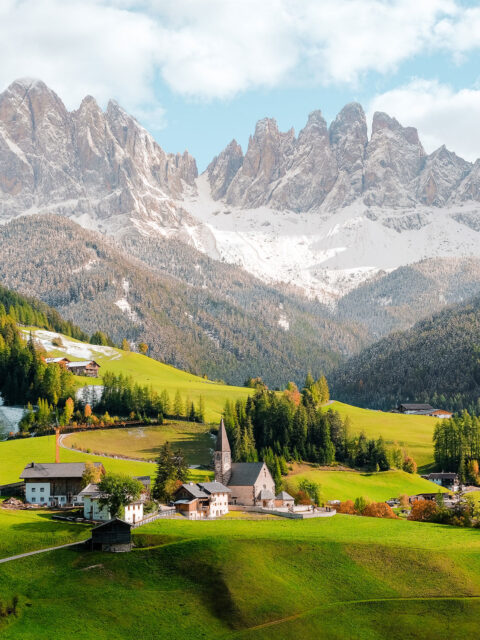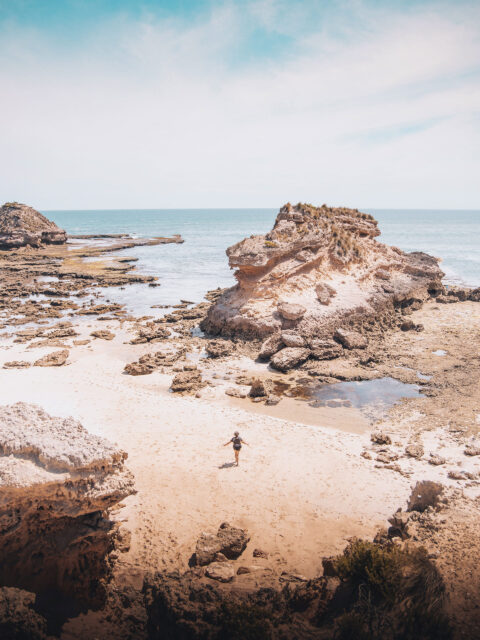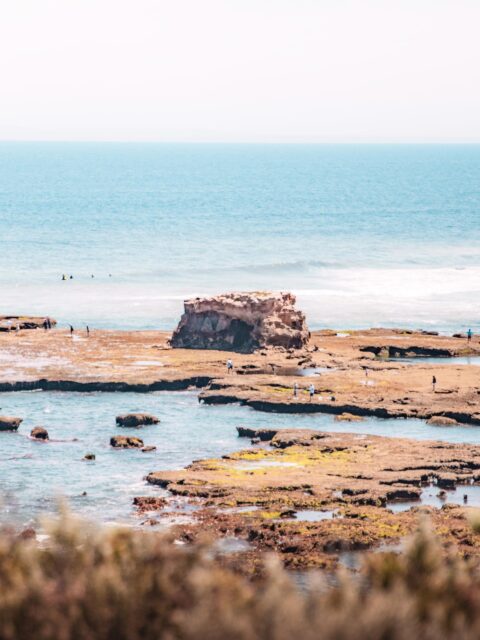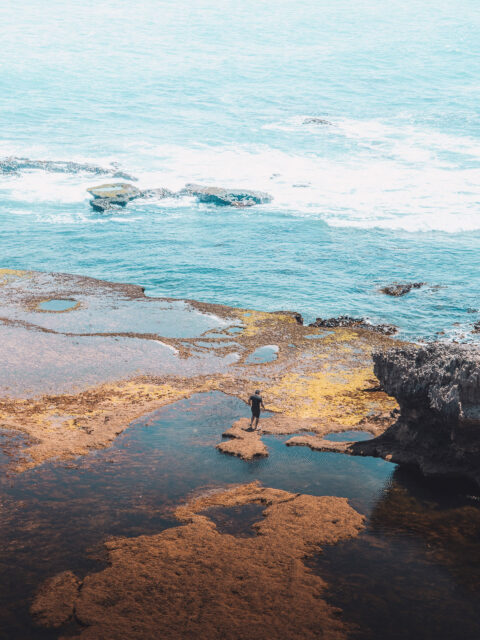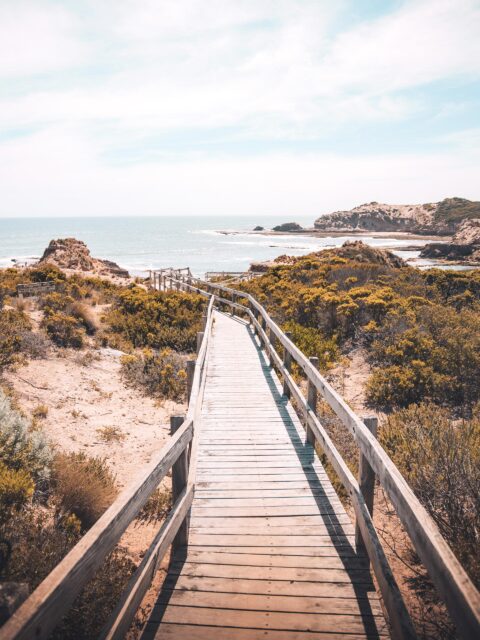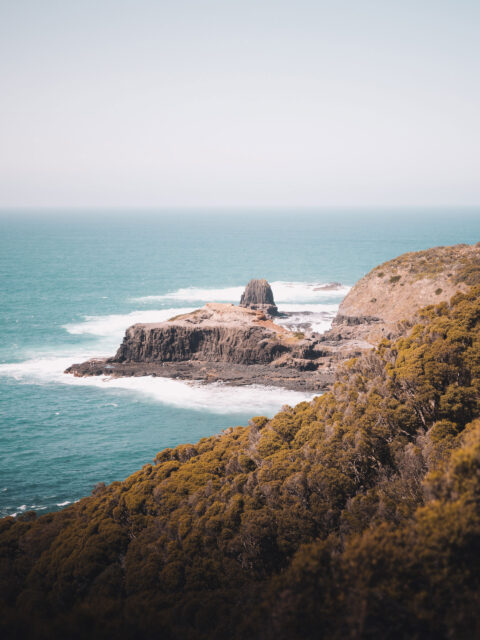Kenya’s Most Iconic Wildlife Landmarks
Kenya is famous for its abundant wildlife and has several wildlife landmarks that attract tourists from around the world. These landmarks include:
- Masai Mara National Reserve: Located in southwestern Kenya, the Masai Mara is one of Africa’s most famous wildlife reserves. It is known for its massive wildebeest migration, where millions of wildebeest, zebras, and other animals cross the Mara River in search of better grazing. The reserve is also home to diverse wildlife, including lions, elephants, giraffes, and various bird species.
- Amboseli National Park: Situated at the foot of Mount Kilimanjaro, Amboseli National Park is known for its large elephant herds and stunning views of the mountain. Visitors can go on game drives to spot elephants, buffalos, zebras, and other wildlife. The park is also a popular destination for birdwatching.
- Tsavo National Parks: Tsavo is Kenya’s largest national park and is divided into two separate parks, East and West. Combined, they cover an area of over 22,000 square kilometers. Tsavo is home to a wide range of wildlife, including elephants, lions, leopards, and rhinos. Visitors can enjoy game drives, guided walks, and even birdwatching.
- Lake Nakuru National Park: Located in the Great Rift Valley, Lake Nakuru National Park is famous for its large population of flamingos. The lake is sometimes covered with a pink blanket of flamingos, creating a beautiful sight. The park is also home to other wildlife, such as zebras, giraffes, and white rhinos.
- Samburu National Reserve: Situated in northern Kenya, Samburu National Reserve is known for its unique wildlife, including the “Samburu Five” – the Gerenuk, Grevy’s zebra, reticulated giraffe, Somali ostrich, and Beisa oryx. Visitors can enjoy game drives, birdwatching, and hikes in this beautiful reserve.
These are just some of the wildlife landmarks in Kenya. The country boasts many other national parks, reserves, and conservancies that offer incredible opportunities to witness the diverse and abundant wildlife of Kenya.
Tips for Visiting
Remember, respecting the animals and their environment is crucial for sustainable tourism and conservation efforts. Here are some tips for visiting Kenya’s wildlife landmarks:
- Plan your trip in advance: Research the different wildlife landmarks in Kenya and plan your itinerary accordingly. This will help ensure that you don’t miss out on any important spots and can make the most of your visit.
- Get a knowledgeable guide: Hiring a local guide who is familiar with the wildlife landmarks and their surroundings will greatly enhance your experience. They can provide valuable insights, spot wildlife that you might miss, and ensure your safety during the visit.
- Dress appropriately: Kenya’s wildlife landmarks often involve spending time in the great outdoors, so it’s important to dress appropriately. Wear comfortable clothing and shoes suitable for walking or hiking. It’s also a good idea to bring layers, as temperatures can vary throughout the day.
- Bring binoculars and a camera: Binoculars will help you spot wildlife from a distance, especially during game drives or when viewing animals in their natural habitats. Additionally, bring a good camera to capture the incredible wildlife and natural scenery you will encounter.
- Respect the wildlife: When visiting wildlife landmarks, it’s crucial to respect the animals and their habitats. Follow any rules or guidelines provided by the park authorities or your guide. Do not disturb or feed the animals, and keep a safe distance to avoid any potential risks.
- Be patient: Wildlife sightings are not always guaranteed, so it’s important to be patient and understand that nature operates on its own schedule. Take the time to enjoy the surroundings and appreciate the beauty of the landscapes, even if you don’t see all the animals you hoped for.
- Stay overnight in the park: If possible, consider booking accommodation within or near the wildlife landmarks. This will allow you to make the most of your visit, as early morning and late evening hours are often the best times for wildlife viewing.
- Learn about the local culture: Kenya has a rich cultural heritage, and incorporating some cultural experiences into your visit can be a great way to enhance your trip. Attend local cultural events, visit traditional villages, or try local cuisine to get a deeper understanding of the country and its people.
- Respect the environment: When visiting wildlife landmarks, make sure to leave no trace behind. Dispose of any trash properly, and avoid leaving any negative impact on the environment. Minimize your use of single-use plastics and be mindful of your ecological footprint.
- Stay safe: Lastly, always prioritize your safety when visiting wildlife landmarks. Follow instructions given by park rangers or your guide, and be aware of any potential risks or safety guidelines provided. Additionally, be prepared for the weather conditions and carry essentials like sun protection, bug repellent, and first aid supplies.





